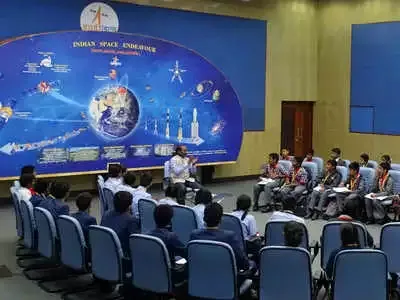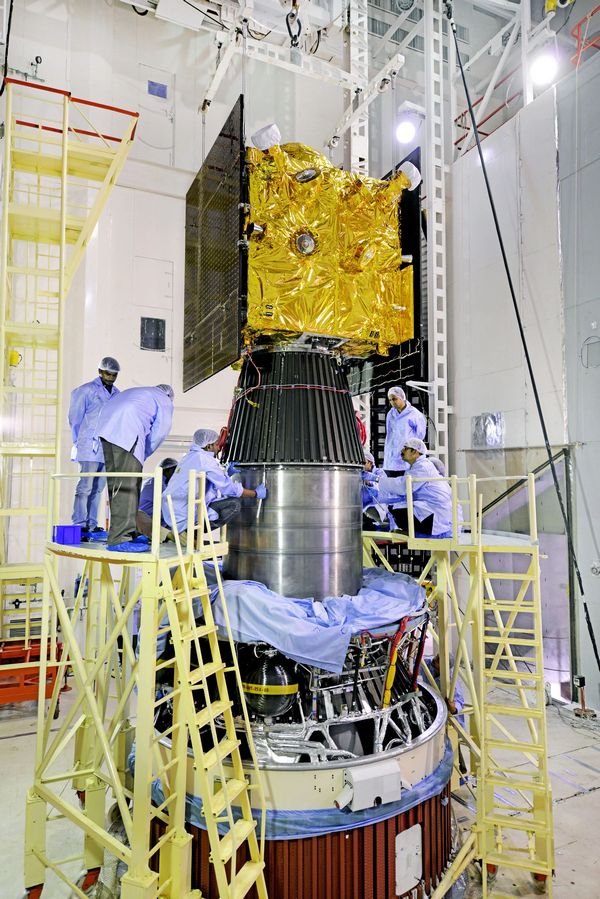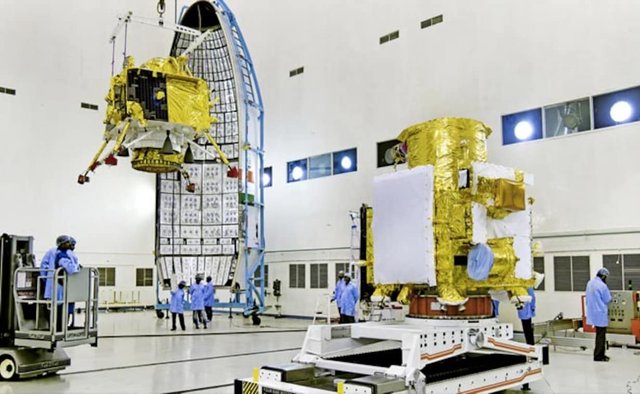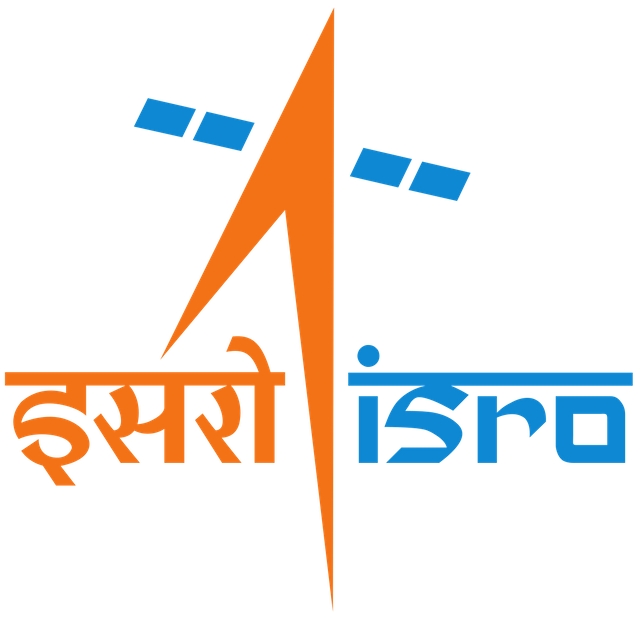ISRO Headquarters:
The headquarters of the Indian Space Research Organisation (ISRO) is located in Bengaluru, Karnataka, India. The address of ISRO Headquarters is:
ISRO Headquarters,
Antariksh Bhavan,
New BEL Road,
Bengaluru - 560 094,
Karnataka, India.
ISRO Building:
ISRO Headquarters, also known as Antariksh Bhavan, houses the administrative and management offices of ISRO. It serves as the central hub for coordination and decision-making for the organization's space missions, satellite programs, and research activities.
Space Programs:
ISRO has a comprehensive space program that encompasses various aspects of space research, satellite development, launch vehicle technology, and space applications. Some of the notable space programs and missions conducted by ISRO include:
Satellite Programs: ISRO has developed and launched numerous satellites for communication, Earth observation, meteorology, scientific research, and navigation. Notable satellite programs include INSAT (Indian National Satellite System), IRS (Indian Remote Sensing satellites), and GSAT (Geostationary Satellite) series.
Launch Vehicles: ISRO has developed several launch vehicles to deploy satellites into space. The Polar Satellite Launch Vehicle (PSLV) is primarily used for launching satellites into polar orbits, while the Geosynchronous Satellite Launch Vehicle (GSLV) is designed for placing satellites into geostationary orbits.
Human Spaceflight Program: ISRO is working on its ambitious human spaceflight program called Gaganyaan. The program aims to send Indian astronauts into space and establish capabilities for crewed missions.
Lunar Missions: ISRO has undertaken lunar missions, with Chandrayaan-1 being the first in 2008. The mission involved orbiting the Moon and conducting scientific experiments. ISRO is also planning future lunar missions, including Chandrayaan-3.
Mars Mission: The Mars Orbiter Mission, also known as Mangalyaan, was launched by ISRO in 2013. It successfully placed an orbiter around Mars and conducted scientific observations.
Satellite Space:
ISRO operates satellites in different orbits based on their intended applications. Some commonly used orbits include:
Geostationary Orbit (GEO): Satellites in geostationary orbit orbit the Earth at an altitude of approximately 36,000 kilometers. They remain fixed relative to a particular location on the Earth's surface, enabling continuous communication and broadcasting services.
Low Earth Orbit (LEO): Satellites in low Earth orbit have altitudes ranging from a few hundred to a few thousand kilometers. They orbit the Earth more frequently and are commonly used for Earth observation, remote sensing, and scientific research.
Polar Orbit: Polar orbiting satellites pass over the Earth's poles, providing global coverage. These satellites are often used for weather forecasting, environmental monitoring, and mapping applications.
ISRO's satellite programs encompass various orbits depending on the specific mission requirements and objectives.




